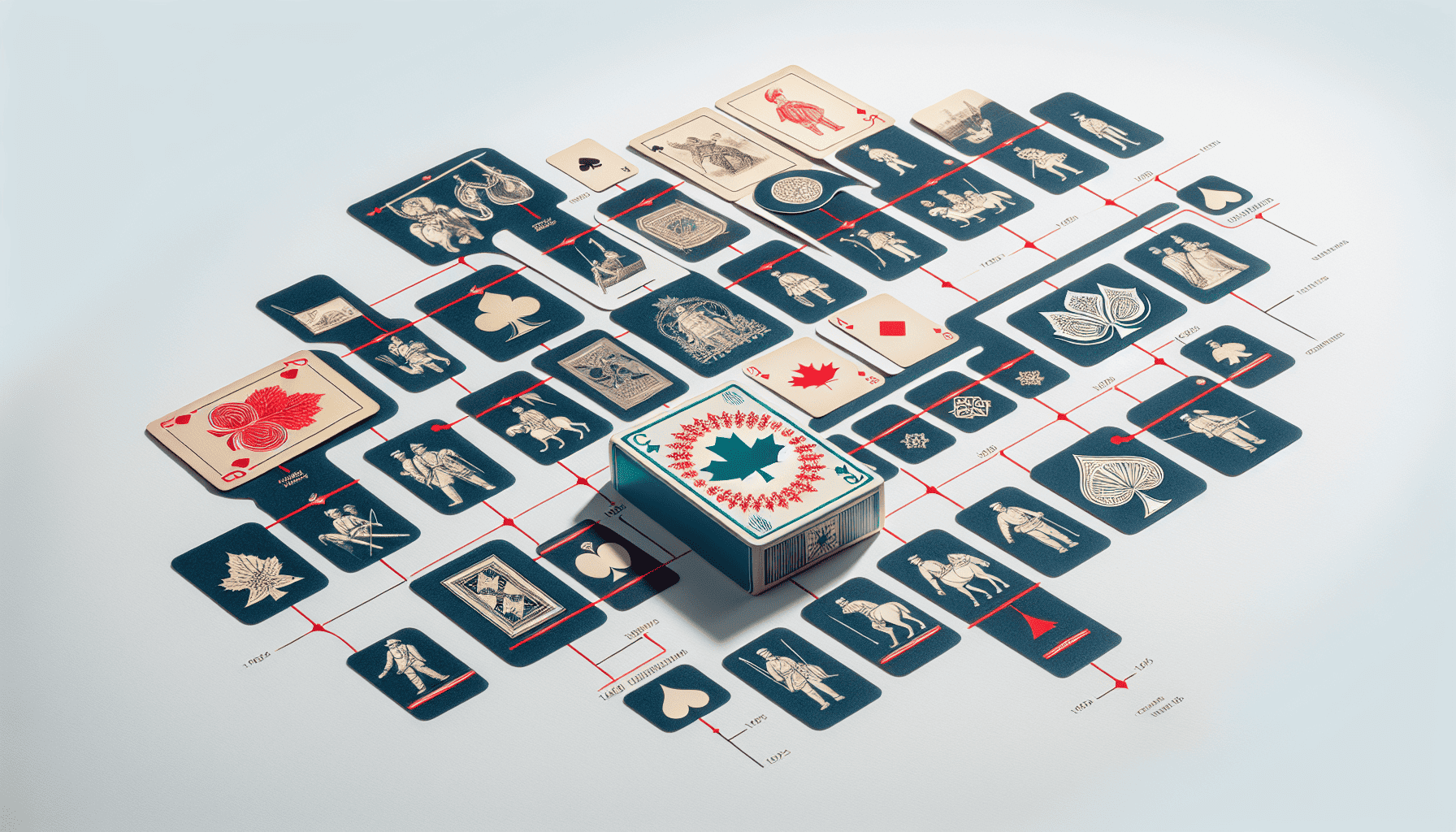Card games have enjoyed a long and vibrant history in Canada, serving as both a popular pastime and an integral part of the country's cultural tapestry. From the early days of European settlers introducing traditional card games to the Indigenous populations, to the digitally enhanced gaming experiences of today, card games have continuously evolved, reflecting broader societal changes while influencing Canadian cultural identity.
In the 17th and 18th centuries, European settlers brought classic games like Whist and Cribbage, which were soon embraced by Canadians across different regions. These games were not just for entertainment; they forged connections among communities and became a staple at social gatherings. The snowy, long Canadian winters provided the perfect backdrop for cozy card game sessions, drawing people together in warmth and camaraderie.
As Canada entered the late 19th and 20th centuries, new games such as Rummy and Bridge gained popularity. These games often mirrored the values of strategy, patience, and skill, which resonated well with the Canadian ethos. Meanwhile, the influx of various immigrant communities enriched the Canadian card game scene even further, introducing diverse styles and practices to the already hearty mix.
The quintessential Canadian game, Skat, deserves special mention. Originating from German immigrants in the Prairies, it quickly gained popularity for its complexity and competitive edge, symbolizing the multicultural blend of the nation. Skat and other regionally adopted games highlight the convergence of diverse influences that have shaped Canadian cultural narratives.
The mid-20th century saw a bridge between traditional and modern eras with the advent of card tournaments and clubs sprouting across the country. Competitive play added a new dimension, turning many card games into spectator sports and cultivating a community spirit that blurred the lines between leisure and professionalism.
The late 20th century witnessed yet another evolution inspired by technology: digital card games. Building on the emergence of personal computers and gaming consoles, beloved classics found new life on screens, reaching wider audiences. Games like Solitaire became staples on early computers, forever altering the landscape of how card games would be consumed.
Today, online platforms and mobile apps have propelled card games into a new era, transforming them into global experiences. Digital versions now offer enhanced features such as interactive gameplay, social connectivity, and innovative variations. The accessibility of digital card games breaks geographical barriers and unites players across the globe, allowing Canadians to both share and absorb card-playing traditions with international enthusiasts.
Moreover, digital innovations haven't replaced traditional formats; rather, they've supplemented them. Many Canadians still cherish the in-person experience of playing cards with friends and family, providing a contrast to the solitary digital play. This dual paradigm highlights an ongoing cultural dialogue between heritage and innovation, rooted deeply in Canadian society.
The evolution of card games in Canada is not merely a narrative of changing preferences but a reflection of the nation’s adaptability, multiculturalism, and love for community. As digital card games grow in sophistication and accessibility, they remain a testament to the timeless allure of cards—a bond uniting past, present, and future generations of Canadians.
